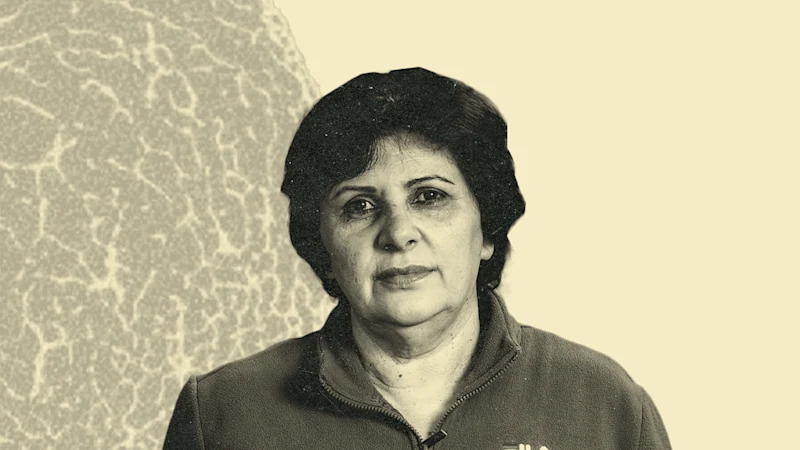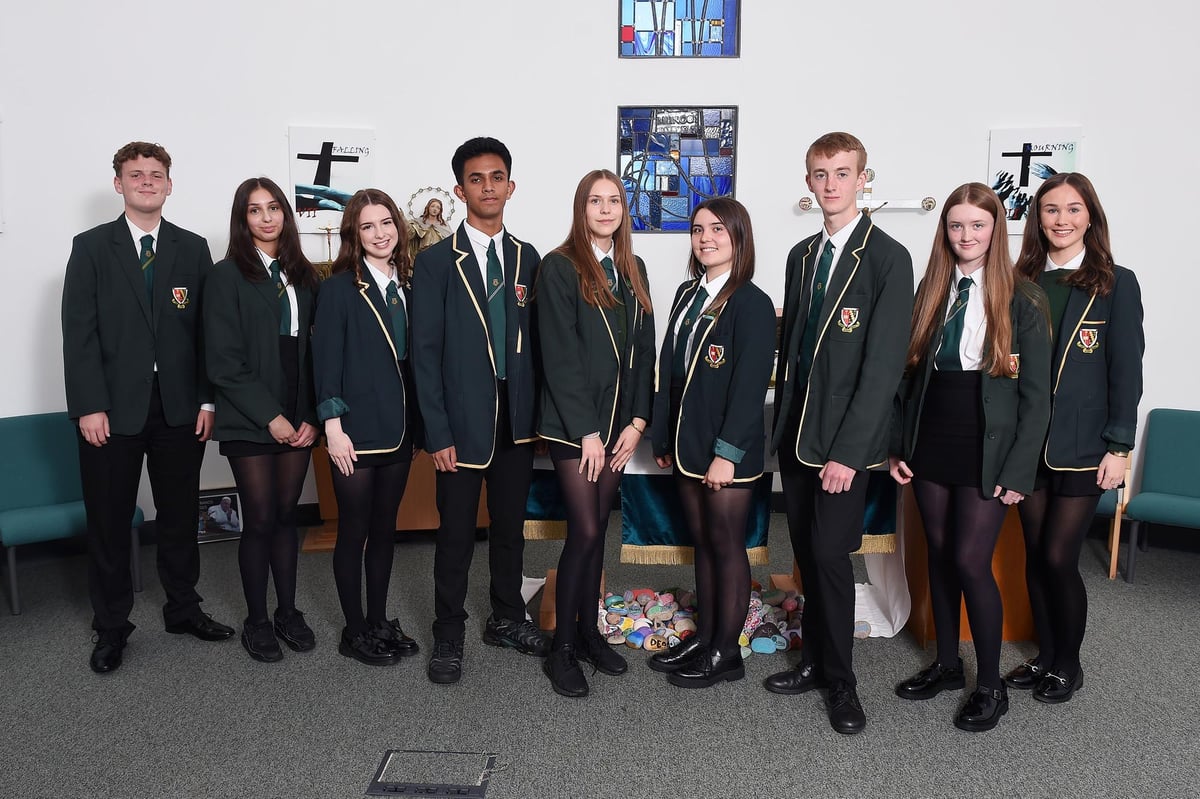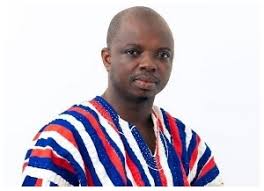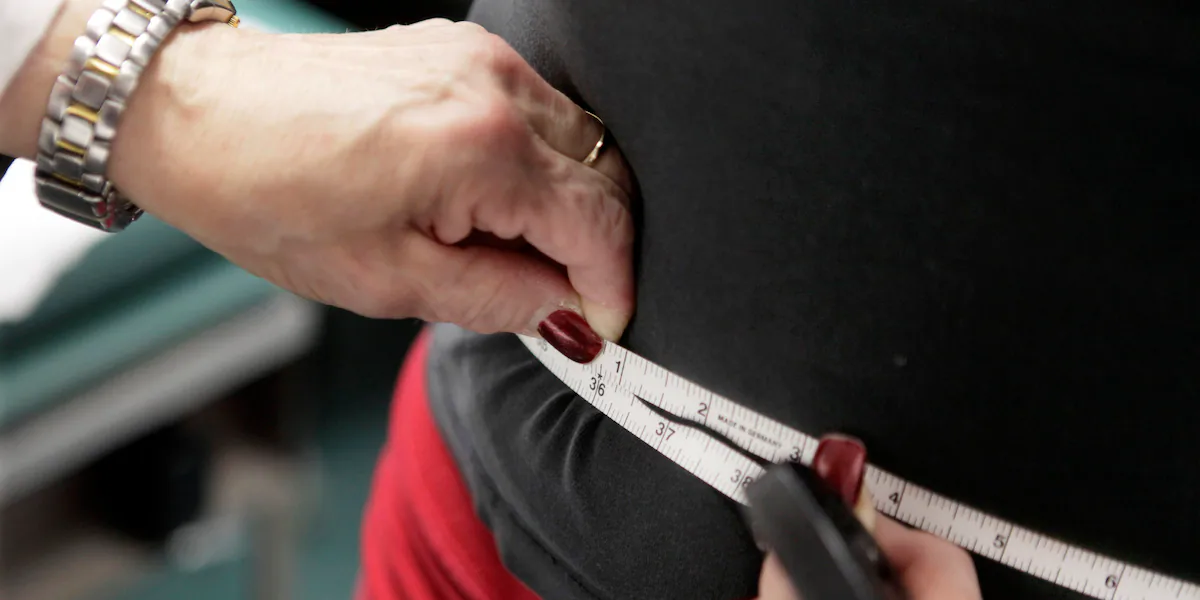By Jackson Graham
Copyright brisbanetimes

Peter Wong, a rheumatologist and medical director of Healthy Bones Australia, becomes dismayed when he sees patients who have had multiple fractures in the past without being treated for osteoporosis. “No one thinks, goodness, could we do something to prevent it? And we can because we know that the medications we give reduce your chance of breaking a bone, they don’t eliminate it, but reduce your chance by between 30 and 50 per cent. That’s a good offer.”
Indeed, some patients can fall between the cracks, says Peter Ebeling. “At the moment, patients come into hospital with a broken bone, they’re treated by the orthopaedic surgeon, and the fracture is fixed up, but the orthopaedic surgeon isn’t interested in the underlying cause of the fracture because they’re busy treating all these fractures.” In NSW, one solution has been to refer all fracture patients to a fracture liaison service, where doctors assess them for osteoporosis and start treatment. Ebeling has found the program does save the health system money in the long term but, “it’s a preventative strategy, and it hasn’t really been taken up in the other states”. (In 2019, the federal strategic action plan for osteoporosis stated one of its aims was to roll out the service “across the majority of hospitals in Australia”.)
The common medications doctors prescribe are called antiresorptive drugs, which inhibit osteoclast activity and thereby bone loss. “They don’t actually create new bone but they make the bone stronger, so that’s why the bone density improves,” says Ebeling. These can involve oral medications, intravenous infusions or injections.
The most common injection, called Prolia, is given at six monthly intervals. However, says Seibel, there are risks with the drug if people go off it without a replacement treatment such as an oral bisphosphonate because stopping Prolia causes osteoclasts to go into overdrive, which leads to bone loss. Reasons for people going off it can be rare side-effects, or if the patient doesn’t attend their appointment for the next injection. “I have seen people lose 20 per cent of bone in one year, and that’s a lot, after going off Prolia without subsequent therapy,” says Seibel. These problems don’t occur with other anti-resorptive drugs, he notes.
For patients with more severe osteoporosis, there’s another class of drugs that stimulate cells that create new bone called anabolic treatments. The main drug is called teriparatide, which doctors tend to prescribe for 18 months before switching the patient to an antiresorptive drug to maintain and consolidate the newly formed bone. There is also romosozumab (sold as Evenity), a monthly injection for one year that both increases bone formation and decreases bone resorption. It is one of the strongest drugs for treating osteoporosis – a large clinical trial showed it lowered fracture risk by 73 per cent – but comes with risks for people already vulnerable to heart attack and stroke.
Surgery can follow fractures to fix the bone and prevent further weakening from the person being immobile. “Almost everyone with a hip fracture needs an orthopedic surgeon to fix the acute fracture so they can start walking again,” says Peter Wong. “But we know that if you have a hip fracture, you have a really high chance of breaking another bone in the next 12 months. And so everyone with a hip fracture should be put on treatment for osteoporosis.” Surgery can be difficult given the fragility of the bones (Wong recently had a patient who needed screws put into a vertebra and the surgeon remarked “it was like putting nails into tofu”.)
How can exercise and diet make a difference?
Elaine Cotter avoided exercise for most of a decade after she first felt back pain. “I’m deconditioned to the max, I would say,” she tells us. In the past few months the 61-year-old started a research trial for people with osteoporosis. In the past, muscle strengthening exercises not tailored to her condition would leave her in pain. “I had fractures that weren’t healing because I kept on aggravating them.”
Belinda Beck, a professor at Griffith University and director of The Bone Clinic, started the clinic in Queensland to specifically treat osteoporosis. “People used to think you have to do very gentle exercise so that you don’t increase your risk of fracturing; do things like swimming and walking and yoga and Pilates. But we just discovered that sort of exercise is completely useless for bone in terms of building it.”
Beck, one of the few researchers to lead randomised controlled trials into exercise and osteoporosis, has found that for older people with osteoporosis, high intensity resistance training increases their bone mineral density. Across several studies, Beck has also found exercise more than halved the incidence of fracture. “This is heavy lifting and impact. It’s everything that the doctors think is too scary for people with osteoporosis, but the trick is just supervision,” she says.
Under load from weights, bones bend subtly and osteocytes (the conductor cells) remove an inhibitor on bone formation. “If the load is high enough that [the bone] could break,” Beck says, “it makes the bone cells produce more bone, which builds it up … to stop it happening to the extent that it might fracture.”
For there to be results, weights need to be heavy and there needs to be some impact, which she says is “anything that jolts the body when landing on the feet”. “So the impact is not just walking. We’re all used to walking. Even running, it seems like when we’re running it’s a high-impact activity, but it’s not because we bend our joints to absorb the shock. Actually, the sorts of impact you need to do has to really jolt you.” Her program involves only free weights to help people improve their sense of balance, too.
Elaine’s exercises, which she has learned through a different research trial, involve balance training such as walking with one toe in front of the other, and strength training: lifting dumbbells, sitting and standing repeatedly from a chair, and using a box to step up and down. “Some things I couldn’t do. When you go on all fours, hands and knees on the ground – I couldn’t do that because I couldn’t get up,” she says. “But it’s tailored to each participant.”
Exercise, together with diet, also helps regulate body weight, which in turn influences bone health. Being underweight is particularly problematic because muscle exerts force on bone to stimulate its formation, says Jasna Aleksova. “When you are underweight, you lack the muscle mass and the adipose tissue needed to support optimal bone remodelling.”
‘There’s always that fear that what if I fall? What if I have a car accident? What’s going to happen?’
As for diet, this should include about one gram of calcium a day, which is generally three servings of calcium containing foods such as a tub of yoghurt, slices of cheese, nuts such as almonds, or a 250-millilitre cup of milk. (Elaine eats cheese and yoghurt and drinks almond milk most days to reach her calcium requirements.) About 30 per cent of Australians have a vitamin D deficiency, a hormone that is needed to absorb calcium from the gut to put it into bone. Vitamin D levels can be increased through adequate sun exposure, dietary supplements or some foods such as fatty fish and eggs. Sufficient protein intake is just as important too as it helps the body make the building blocks of bone such as collagen.
Health practitioners will usually monitor results with yearly scans, although they can start to see the difference from medication, exercise and dietary training within six months. When Elaine first had her bone density scan six years ago, the average in her spine was -4.5. Today it’s -2.9. “I feel that I’ve improved, results wise. But there’s always the risk of fracture,” she says. “There’s always that fear that what if I fall? What if I have a car accident? What’s going to happen? … It’s like your life stops for a while until you heal.”
She sometimes asks herself what she could have done differently. “I don’t know whether I could have stopped it from happening. But I know it probably would have been so much different if I knew this is the time I need to start looking at bone health.” She worries when she hears people say their bones aren’t something they need to start thinking about until old age. “I feel I was robbed of my middle age. I went from young to old straightaway.”
This Explainer was brought to you by The Age and The Sydney Morning Herald Explainer team: editor Felicity Lewis and reporters Jackson Graham and Angus Holland. For fascinating insights into the world’s most perplexing topics, sign up for our weekly Explainer newsletter. And read more of our Explainers here.



